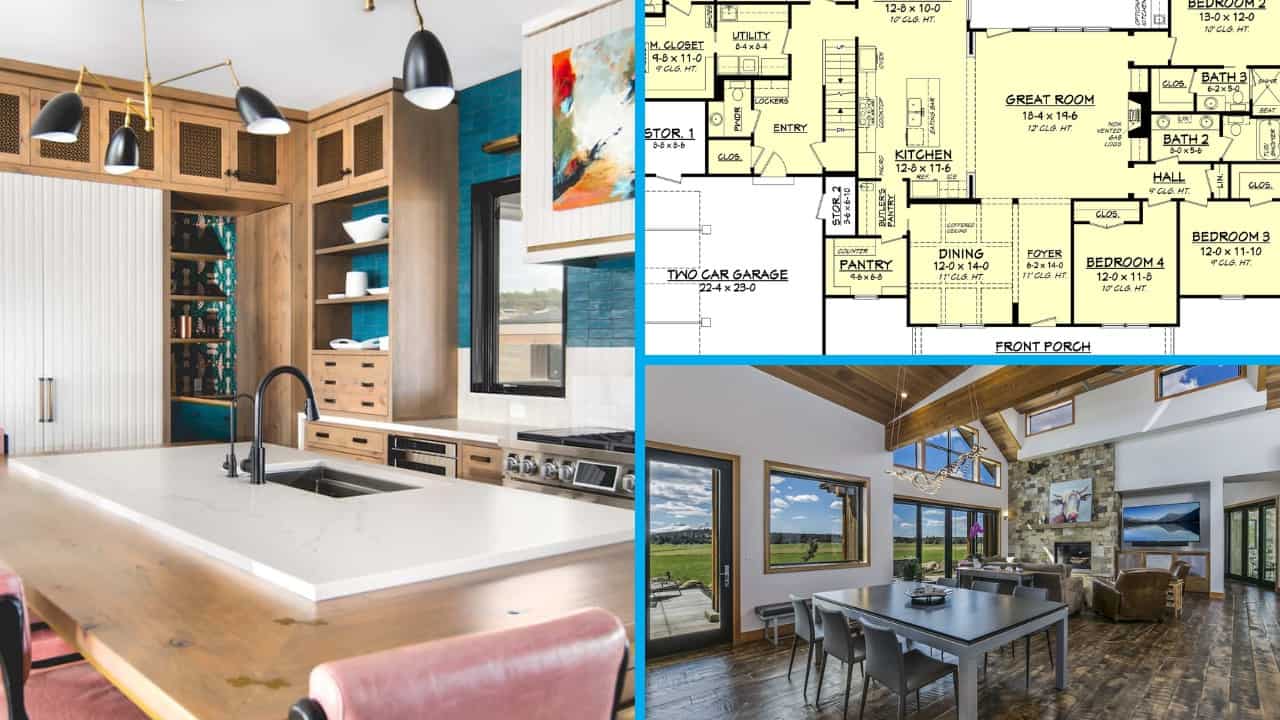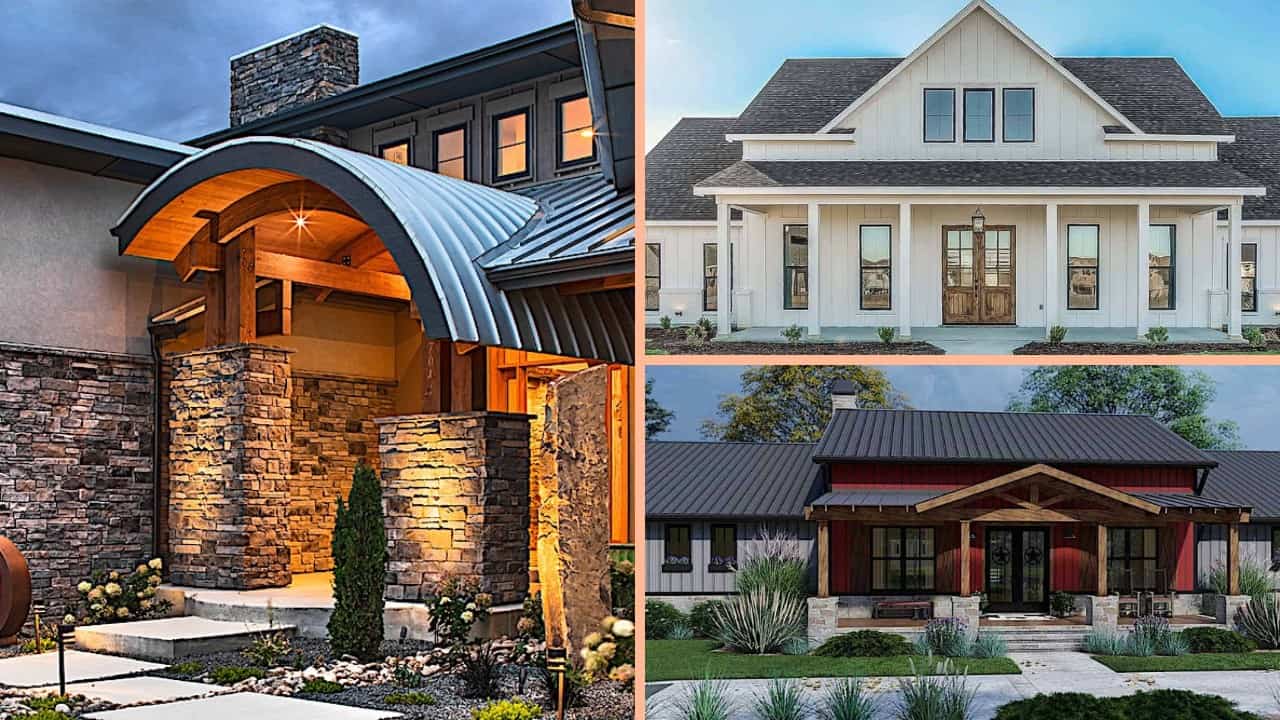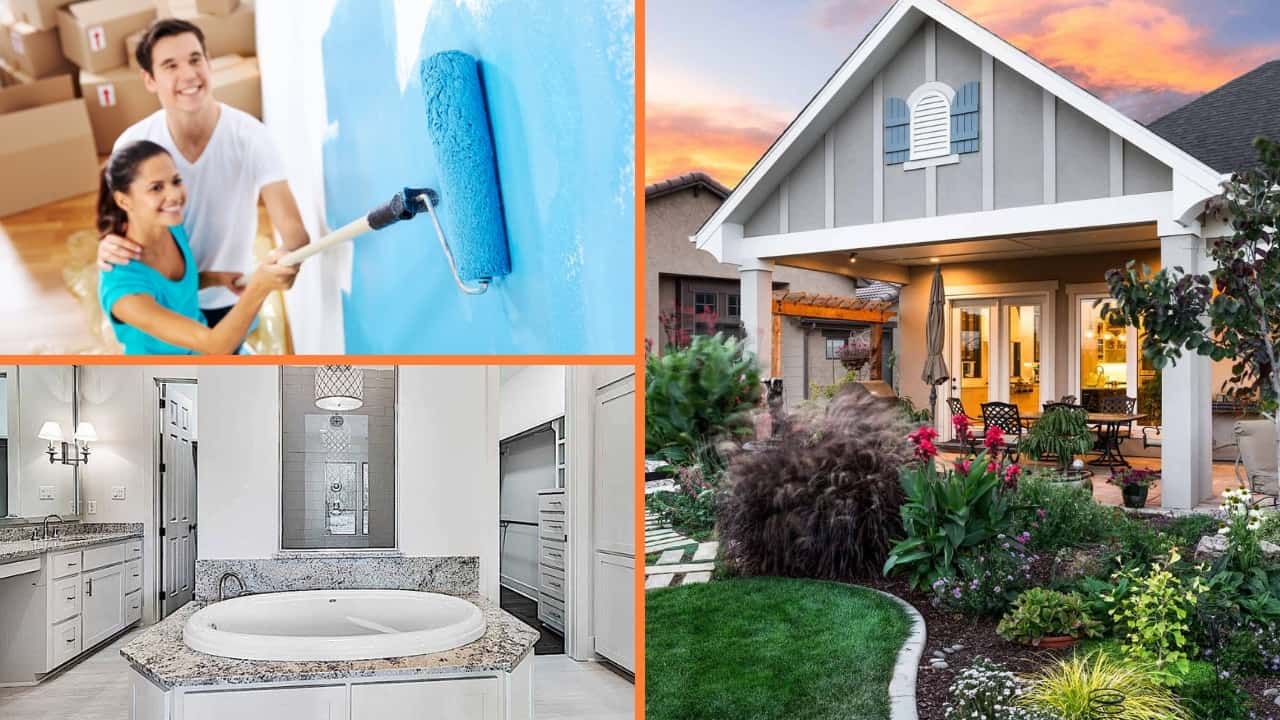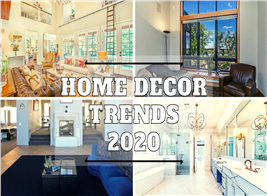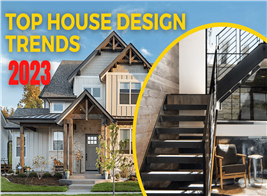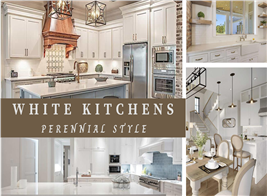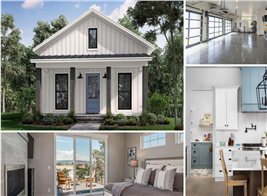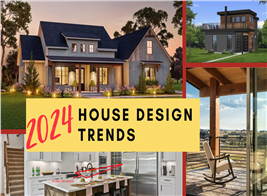Window Designs for Your New House Plan
By Brian Toolan | Updated May 18, 2022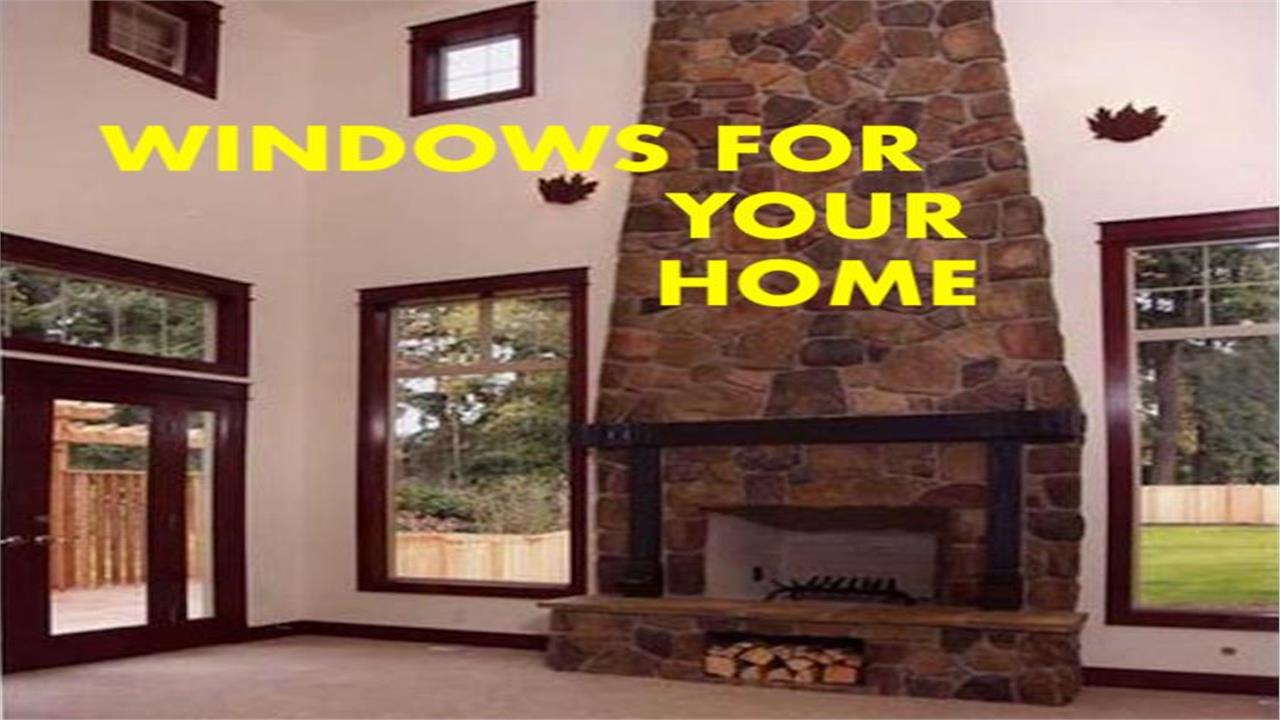
Window Types and Options You Should Know About
Each and every room in your new home plan can benefit from having taken the time to plan beautiful windows, and there are many unique architectural window design styles. The style of your house plan – from Colonial to Craftsman, to ranch, farm, country, or to a modern home plan will somewhat dictate the type of windows you will have, but in reality, there are no rules.
Historically, it was the Romans who first used glass in windows in Roman Egypt in 100 AD, to allow the passage of light into space. But floor-to-ceiling windows only became feasible after the perfection of industrial plate glass making processes.
There are no specific design rules for choosing window types, shapes, and sizes and many architects enjoy designing around voids and solid space on walls, placing windows so as to please the eye and accommodate natural views. There are both curvilinear and rectilinear varieties as well as custom-shaped windows. Google “window manufacturers” and you can see many styles and options available.
Choose Your Window
Windows come in so many design styles from awning windows to bay, casement, clerestory, fixed eyebrow, hopper, tilt, slide, or sliding sash, transom, louvered, oriel or picture windows, just to name a few. And if you have never heard of half of these styles of windows, don’t feel bad. We have listed some of the definitions of popular window designs below:
Awning
Awning windows are often above or below another window to add architectural interest. They glide open or shut and are often used for basements because they let in both air and light.
Bay
A window built to project outward from an outside wall. protruding window constructions, regardless of height. The most common inside angles are 90, 135, and 150 degrees, though triangular bays formed of two windows set at 120 degrees may be found.
Casement
Hinged on the side and open outward to either the left or right, mostly taller than they are wide, a casement window’s sash opens to provide ventilation from top-to-bottom.
Clerestory
These windows are located high up above the finished floor level, usually close to the roofline, enabling natural light to pour while freeing up wall space.
Dormer
A window that has been set into the dormer as a source of light and ventilation for top floors. Dormer windows come in a variety of styles such as these dormers located high up near the ceiling of The Plan Collection. This beautiful updated (Photo left) Arts and Crafts home have classic features including its windows that are complete with woodwork and craftsmanship.
Eyebrow
Popularized in the second half of the 19th century by Boston architect Henry Hobson Richardson, this style of window was called “Richardsons eyebrows,” or eyelid dormers, enabling ventilation in a top-floor space.
Fixed
The most common window types, fixed windows include single, double-hung, and sliding windows.
Transom
A word used for a transom light, this is the type of window over a transverse horizontal structural beam or a crosspiece separating a door from a window above it.
Louvered
A window blind or shutter with horizontal slats that are angled to let in air and or light, while keeping out direct sun, rain or snow.
Oriel
A form of bay window, this type of window projects from the main wall of a building but does not reach to the ground. Oriel windows are supported by brackets and corbels and are most commonly found projecting from an upper floor.
Picture
Designed to provide open views to the outside, a picture window is like framing a picture. It brings natural light into a home and features an outdoor view. This window style is typically found in living and or family rooms.
There are many options today for window treatments. It is a good idea to take a look at your area’s climatic or seasonal hot or cold temperature changes when choosing your home’s windows and window treatments. Also, review the geographic location and “walk the property” to see how your house will be situated on the property in accordance with the sun’s movement.
Window Options
If you haven't shopped for windows in a while you've likely got some choices ahead of you that you may not have known existed. Windows are a pricey investment so you want to make sure you're aware of your options in order to maximize your return.
Colors and Material
Each choice in modern window options is important, but the colors, style, and material will have the most noticeable impact.
Wood (clad with aluminum or vinyl on the outside) is a conventional choice that fits almost any architectural design.
Vinyl windows are popular because they are the most affordable window material.
Fiberglass may be the optimal choice for energy efficiency to avoid heated or cooled air loss, especially if you don’t care about having a wood interior.
Almost any material type can be customized by the manufacturer with regard to color and in some cases textures.
Modern Glass Types
While the material has some significance in how energy efficient a window is going to be, what really seals the deal is the glass type. Modern manufacturing methods have made window glass more thermally resistant than ever. Unless you're thinking about installing windows on a beach-side hut, single-pane units should be out of the question. Double-pane glass is now the industry norm, with triple-pane being recommended for climates with extremely cold temps (or excess heat for that matter).
The amount of glass isn't the only thing that determines the energy efficiency of a window. They can also be outfitted with an insulating gas that creates even more of a barrier between the interior and exterior of a home. Coatings that block ultraviolet (UV) light should also be considered for windows on a sun-facing side of the home that lacks shade.
For the most part window, types haven't really changed for modern times, only how they are implemented. Contemporary styles include full-length windows and non-traditional shapes, often arranged in a seemingly random pattern. Regardless, windows will always be a source of light and air circulation – you just need quality units that keep the air and light out when it's not wanted.



